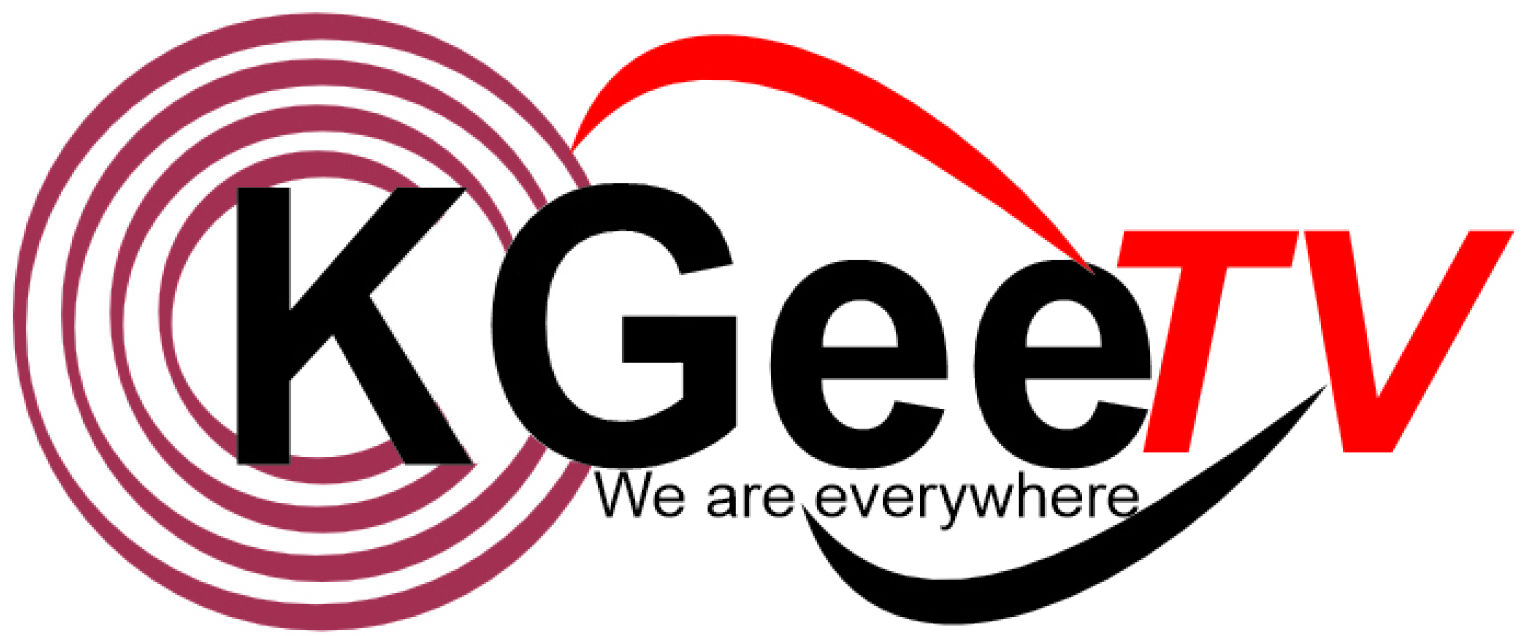Ghana’s public debt has ballooned to a staggering GH¢742 billion, equivalent to 70.6% of the country’s Gross Domestic Product (GDP). This alarming figure has raised concerns among economists, policymakers, and citizens about the nation’s fiscal health and sustainability.
The latest data from the Bank of Ghana reveals a significant increase in both external and domestic debt, with the total central government debt stock rising by 22% due to the depreciation of the Cedi and continuous disbursements from creditors.
The debt composition shows that external debt accounts for GH¢452 billion (60.9% of the total debt stock), while domestic debt stands at GH¢290 billion (39.1%). As a percentage of GDP, external debt represents 43%, while domestic debt accounts for 27.6%.
Experts warn that Ghana’s debt burden has reached a critical level, threatening the country’s economic stability and growth prospects. The high debt-to-GDP ratio limits the government’s ability to invest in essential public services, infrastructure, and social programs, ultimately affecting the well-being of citizens.
To mitigate the situation, Ghana has completed a debt restructuring program with the Official Creditor Committee (OCC), securing approximately US$2.8 billion in debt relief. However, more needs to be done to address the root causes of the debt crisis and ensure a sustainable fiscal path.
